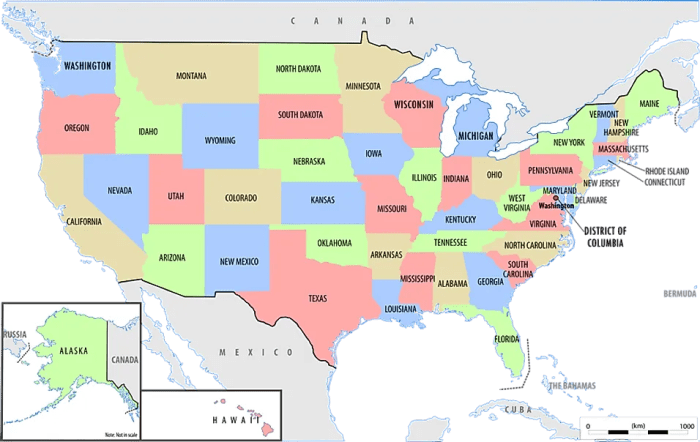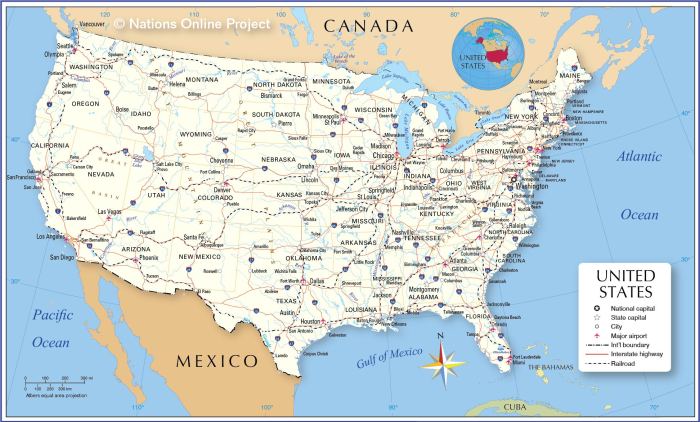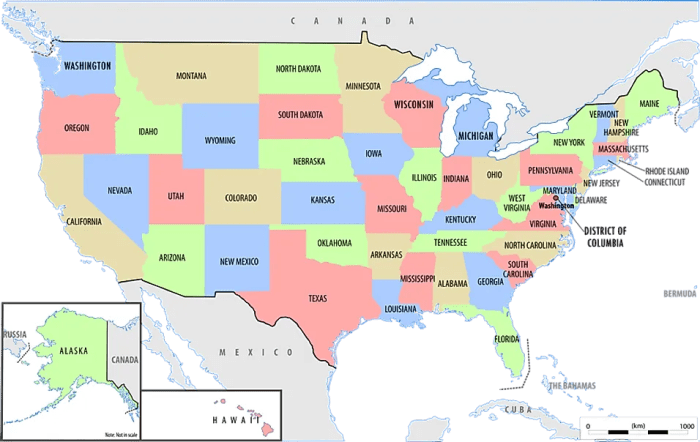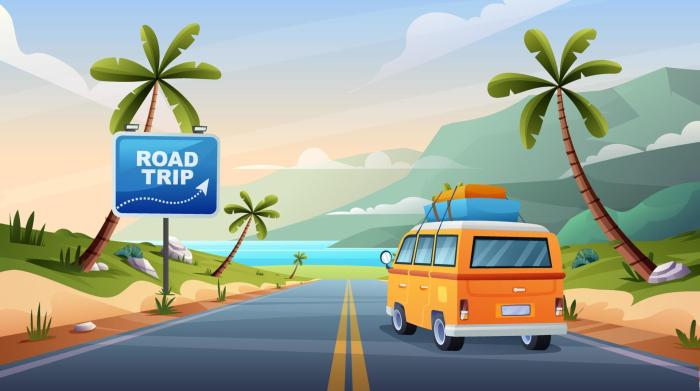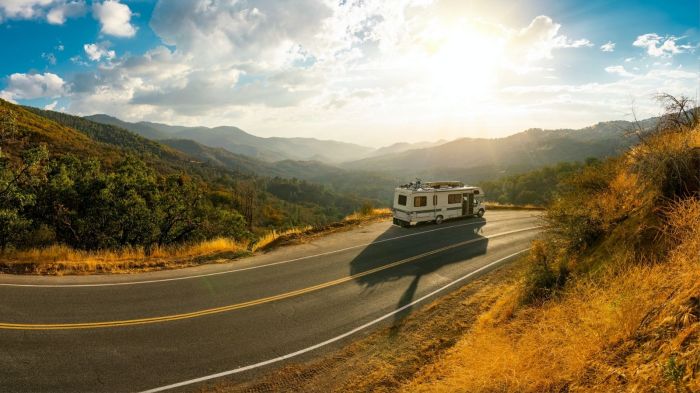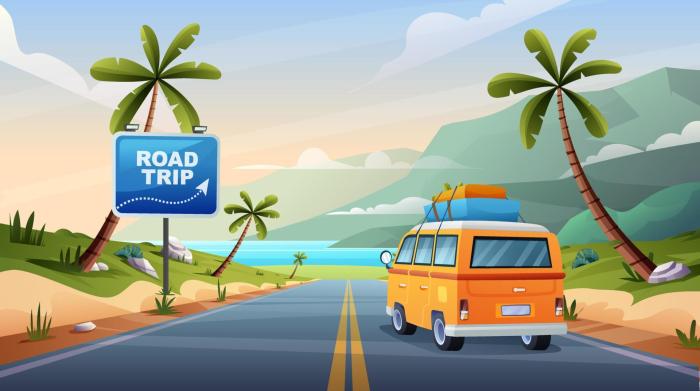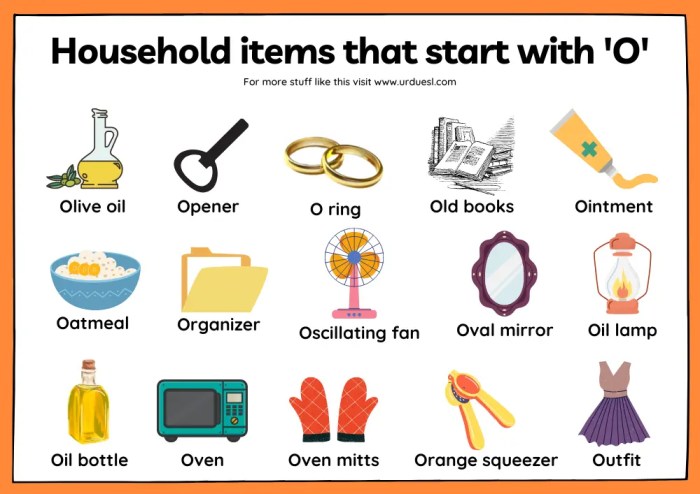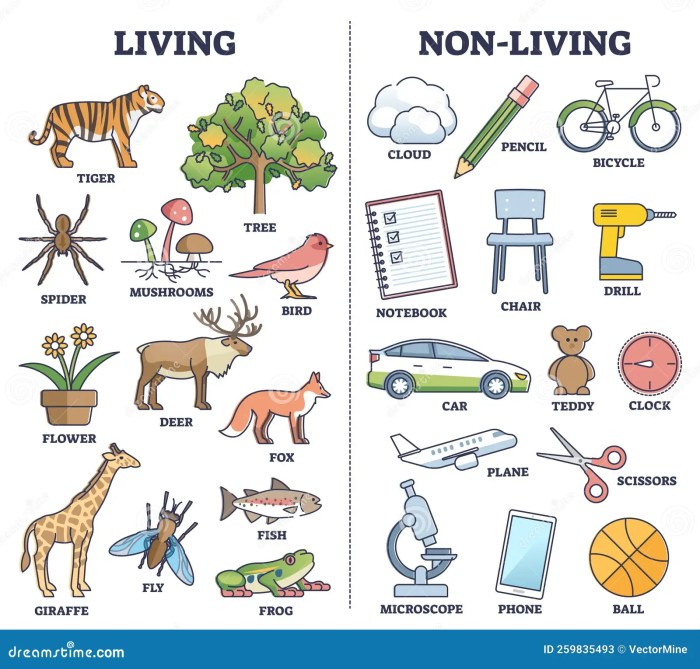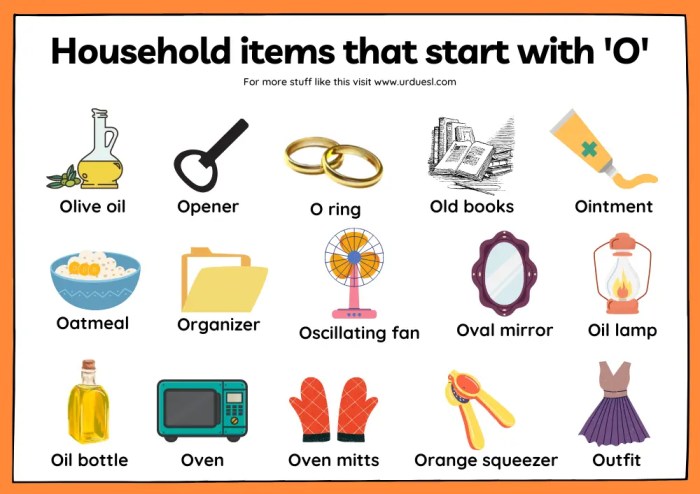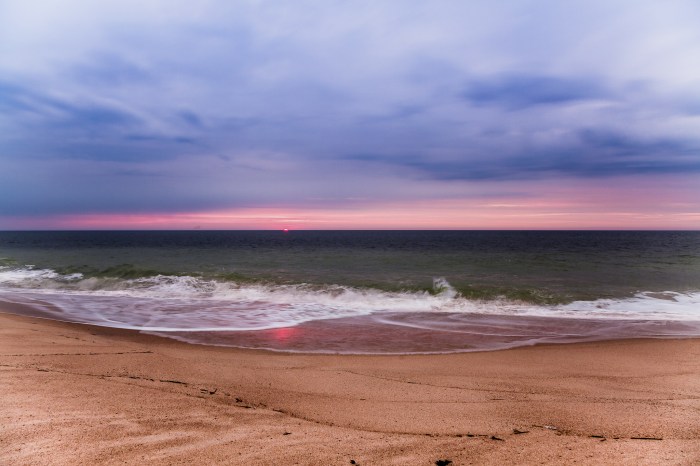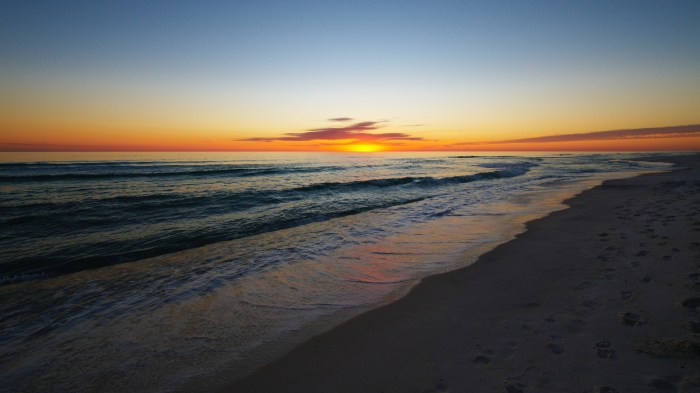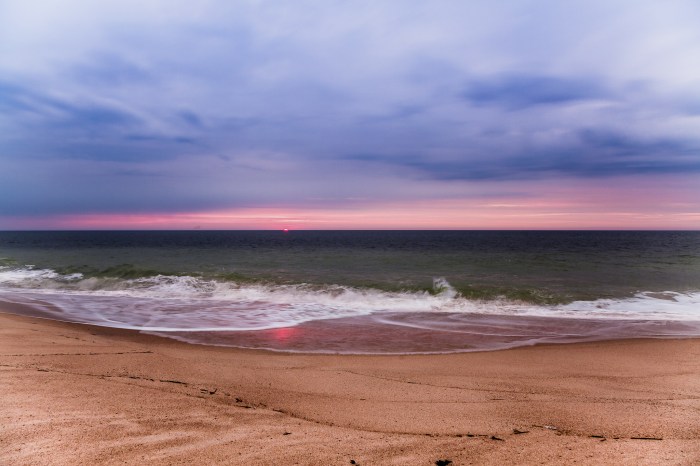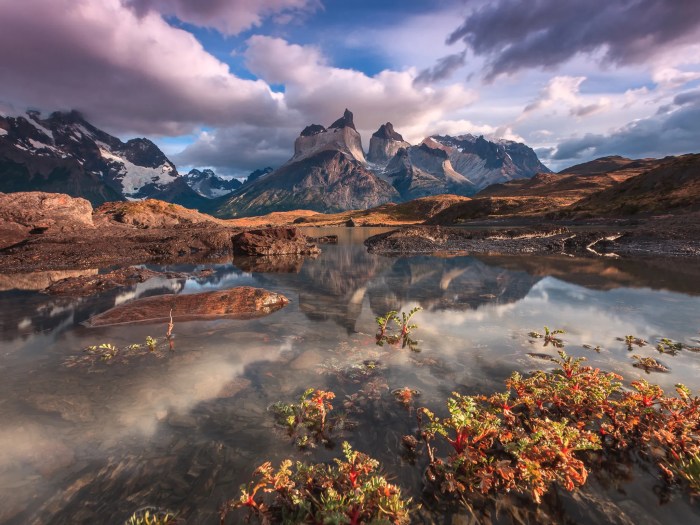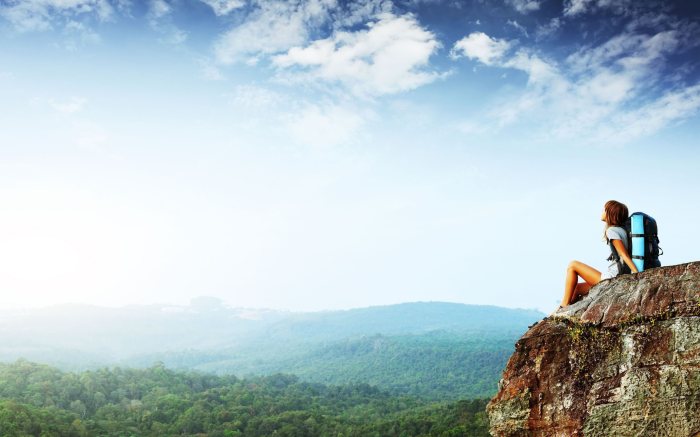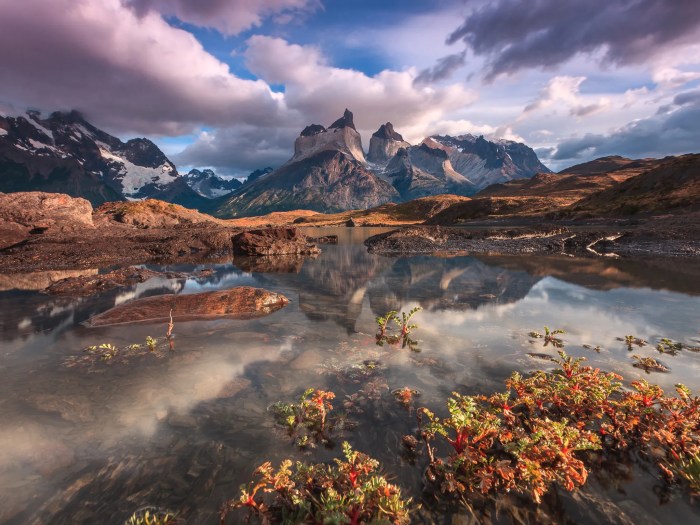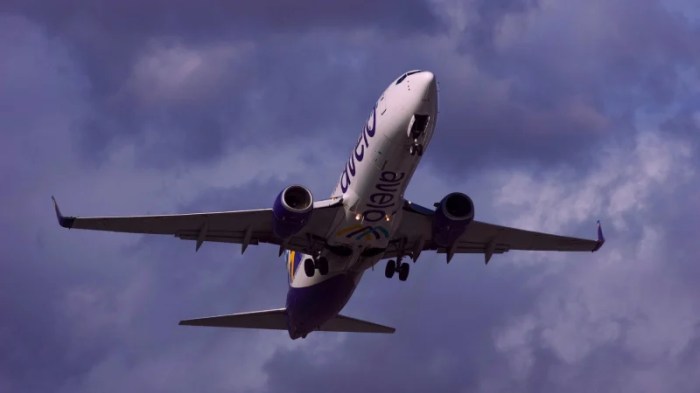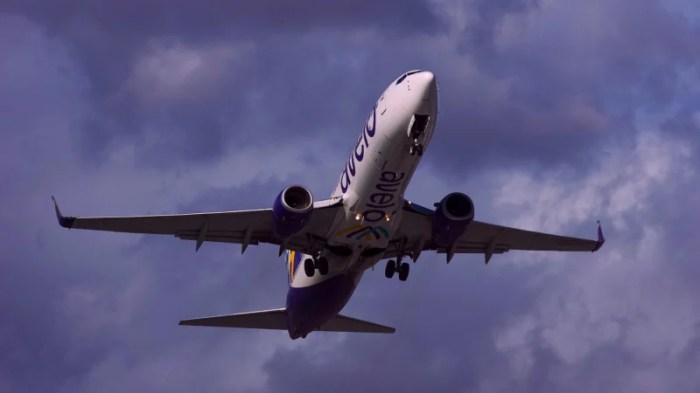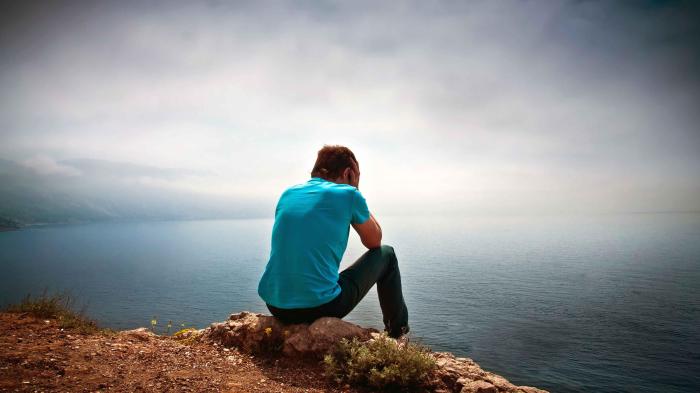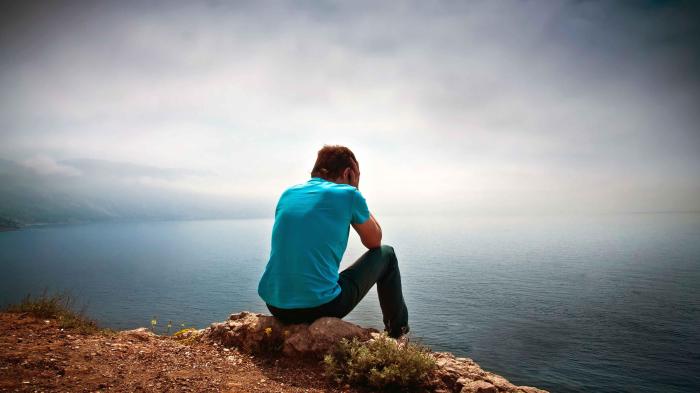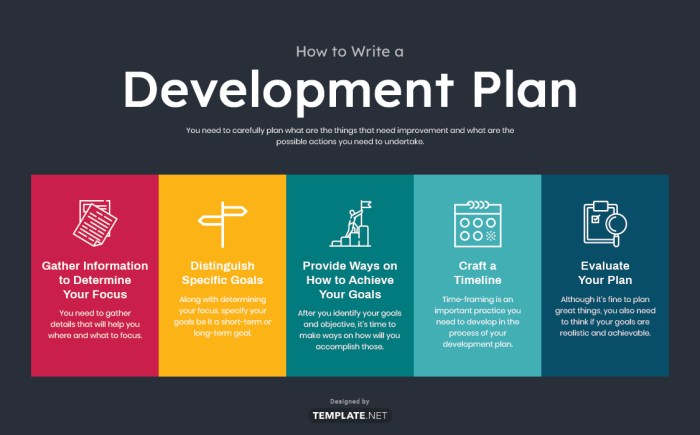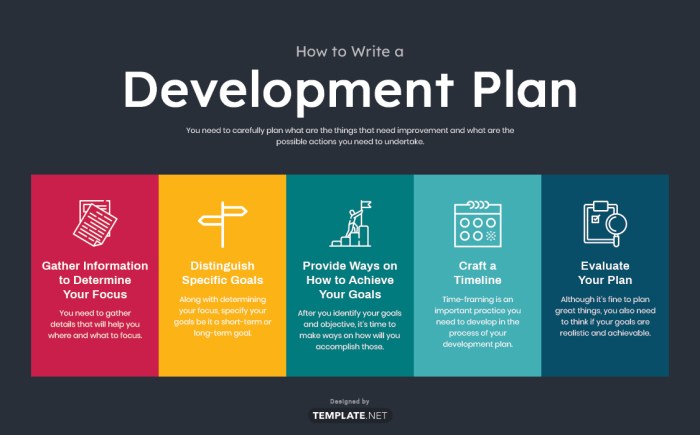Best time to visit Puerto Rico? It depends on what you’re looking for! Whether you crave sun-drenched beaches, thrilling hikes, or immersing yourself in vibrant culture, this guide will help you discover the ideal time for your unforgettable Puerto Rican adventure. From analyzing weather patterns and crowds to considering festivals and potential hurricane risks, we’ll uncover the perfect season to experience the island’s diverse charms.
We’ll explore the island’s diverse climate zones, comparing average temperatures and precipitation throughout the year. This detailed analysis, combined with insights into ideal times for specific activities, like hiking or wildlife viewing, will empower you to make an informed decision. We’ll also delve into the vibrant festival scene, highlighting the unique traditions and celebrations that make Puerto Rico truly special.
Introduction to Puerto Rico
Puerto Rico, a vibrant island in the Caribbean, boasts a unique blend of landscapes, cultures, and histories. Its location in the northeastern Caribbean Sea, between the Atlantic Ocean and the Caribbean Sea, plays a crucial role in its climate and biodiversity. From lush rainforests to sun-drenched beaches, Puerto Rico offers a diverse range of experiences for visitors.This island’s rich history, influenced by indigenous Taino people, Spanish colonization, and subsequent American administration, has shaped its present-day character.
Understanding its geographical and climatic characteristics provides a deeper appreciation for the island’s attractions and the best times to visit.
Geography and Climate Zones
Puerto Rico’s geography is characterized by diverse terrain, ranging from coastal plains to mountainous regions. This geographical variation significantly influences the island’s climate, creating distinct microclimates. The mountainous interior, particularly the Cordillera Central, experiences cooler temperatures and higher rainfall compared to the coastal areas.
Climate Zones and Characteristics
Puerto Rico’s climate is generally tropical, influenced by its location and surrounding bodies of water. The island is categorized into several climate zones, each with its own weather patterns. The coastal regions are often characterized by warm, humid air, while the higher elevations, like the El Yunque National Forest, are known for their cooler temperatures and abundant rainfall.
- Coastal Plains: These areas typically experience high humidity and warm temperatures year-round. The proximity to the sea moderates temperatures, making them suitable for year-round beach visits, but with a higher likelihood of humidity.
- Mountainous Regions: The higher elevations, especially in the central mountains, experience cooler temperatures and significantly more rainfall, often resulting in lush vegetation. These areas are excellent for hiking and exploring nature’s beauty.
- Rainforests: Areas like El Yunque National Forest experience high rainfall, particularly during the wet season. The humidity is high and the vegetation is dense and vibrant. These regions are ideal for nature enthusiasts.
Typical Weather Patterns Throughout the Year
Puerto Rico experiences two distinct seasons: a wet season and a dry season. The wet season, typically from June to November, is characterized by higher rainfall and humidity. The dry season, from December to May, offers drier conditions and generally pleasant temperatures.
Brief History
The island of Puerto Rico was inhabited by the indigenous Taino people before European contact. In 1493, Christopher Columbus landed on the island, marking the beginning of Spanish colonization. Centuries of Spanish rule shaped the island’s culture, language, and architecture. Puerto Rico became a U.S. territory in 1898 after the Spanish-American War, and it continues to be a significant part of the Caribbean region today.
Average Temperatures by Month
| Month | Average High (°C) | Average Low (°C) |
|---|---|---|
| January | 29 | 24 |
| April | 30 | 25 |
| July | 30 | 26 |
| October | 29 | 25 |
Best Time for Specific Activities
Puerto Rico’s diverse landscapes and climate offer something for every traveler, regardless of their interests. Understanding the ideal time to visit for specific activities, like beach time, hiking, cultural exploration, or wildlife viewing, enhances your experience. The island’s varied microclimates mean that a perfect time for one activity might not be ideal for another.Planning your trip around the best time for your chosen activities ensures optimal conditions and maximizes your enjoyment.
This section will delve into the ideal months for different pursuits, taking into account water temperatures, weather patterns, and seasonal events.
Beach Lovers
Puerto Rico’s beaches are a year-round attraction, but the best time for beach lovers often coincides with the dry season, which typically runs from December to April. During these months, water temperatures are consistently warm and pleasant, averaging in the high 70s to low 80s Fahrenheit (25-29°C). This comfortable water temperature makes swimming and other water activities enjoyable.
Reduced rainfall during this period means fewer chances of sudden downpours disrupting beach time.
Hiking Enthusiasts
The best time for hiking in Puerto Rico is generally during the dry season, from December to April. During this time, the trails are usually drier and less prone to mud or flooding, enhancing the hiking experience. The weather is generally sunny and less humid, making for more comfortable conditions during your trek. However, be mindful of the potential for intense afternoon sun.
Cultural Site Explorers
Puerto Rico’s rich cultural heritage is celebrated throughout the year. While specific festivals and events may fluctuate, many cultural sites remain open and welcoming. Events such as the San Sebastián Carnival in February, or the Ponce Art Festival in March/April, may coincide with your visit and provide additional cultural immersion.
Wildlife Viewers
Wildlife viewing in Puerto Rico can be enjoyed year-round, although the best times are generally during the dry season, from December to April. During these months, wildlife is often more visible as vegetation isn’t as dense, making it easier to spot various species. The lower rainfall also means clearer visibility.
Ideal Months for Outdoor Activities
| Activity | Ideal Months | Conditions |
|---|---|---|
| Beaches | December-April | Warm water temperatures, less rainfall |
| Hiking | December-April | Drier trails, less humidity, less rain |
| Cultural Sites | Year-round | Many sites are open year-round, specific events may vary |
| Wildlife Viewing | December-April | Clearer visibility, less dense vegetation |
Festivals and Events
Puerto Rico boasts a vibrant calendar of festivals and events, showcasing the island’s rich cultural heritage. From lively music festivals to traditional religious celebrations, these events provide a captivating glimpse into the island’s soul. These celebrations are not just entertainment; they are integral parts of Puerto Rican life, connecting communities and transmitting traditions through generations.These festivals and events are deeply rooted in Puerto Rican history and culture.
Puerto Rico’s stunning beaches are best enjoyed during the dry season, typically from December to April. For a truly unforgettable experience, consider timing your trip around the best time to hike the Oku Matsushima trail in Japan, japan hiking oku matsushima trail , as the scenery is spectacular then. But remember, the best time to visit Puerto Rico is ultimately whatever works best for your travel plans and preferences.
They offer visitors a unique opportunity to experience the warmth and hospitality of the people, as well as witness firsthand the passion and dedication that goes into preserving these traditions. Participating in these events allows visitors to connect with the authentic spirit of Puerto Rico.
Major Festivals and Events
Puerto Rico’s festival calendar is filled with events that highlight various aspects of the island’s culture. These festivals offer opportunities for visitors to immerse themselves in the traditions, music, and celebrations that make Puerto Rico unique.
Chronological List of Festivals
- Carnival (various dates in February/March): A vibrant pre-Lenten celebration, Carnival features parades, music, costumes, and street parties. The most prominent celebrations are in San Juan and Ponce, with different themes and styles each year. The intensity of the celebrations builds up to Ash Wednesday.
- Semana Santa (Holy Week): This week-long religious celebration is observed throughout the island, particularly in the Catholic communities. Processions, prayers, and vigils are central to the experience. Religious devotion is a key aspect of this celebration.
- Puerto Rico International Film Festival (various dates in October): A significant event for film enthusiasts, this festival showcases a variety of films from around the world. The film festival often hosts workshops, discussions, and networking opportunities, adding another layer of cultural exchange.
- San Sebastián Festival (dates vary): This festival celebrates the patron saint of the town of San Sebastián. Religious processions and festivities characterize this important event. It typically takes place in the towns or cities where the patron saint is celebrated.
Festivals Table
| Festival Name | Dates | Location | Description |
|---|---|---|---|
| Carnival | Various dates in February/March | San Juan, Ponce, and other towns | Vibrant pre-Lenten celebration with parades, music, costumes, and street parties. |
| Semana Santa | Holy Week (various dates in March/April) | Various locations throughout the island | Religious celebration with processions, prayers, and vigils. |
| Puerto Rico International Film Festival | Various dates in October | San Juan | Film festival showcasing films from around the world, including workshops and discussions. |
| San Sebastián Festival | Dates vary | San Sebastián (and surrounding areas) | Celebration of the patron saint of the town with processions and festivities. |
Crowds and Prices
Puerto Rico’s popularity as a vacation destination means understanding crowd levels and pricing is crucial for a smooth and enjoyable trip. Different times of the year offer varying degrees of crowds and corresponding price fluctuations. Planning your trip around these factors can help you maximize your experience and budget.
Typical Tourist Crowds
The most popular times to visit Puerto Rico are generally during the dry season, encompassing the months of December through April. These months boast pleasant weather, ideal for outdoor activities and exploring the island. Conversely, the rainy season, spanning from June through November, experiences more moderate tourist numbers. This is a great opportunity for travelers seeking fewer crowds and potentially better deals.
Summer months, while still warm, can sometimes see a noticeable increase in visitors, particularly during school holidays.
Puerto Rico’s perfect time to visit is generally during the dry season, from December to April. For those seeking unique travel experiences, exploring Norway with women-led tours like those offered by norway women led travel experiences might also be a great idea. But if you want sunny beaches and pleasant weather, then hitting Puerto Rico during that time is still a great choice.
Hotel Prices and Flight Costs
Hotel prices and flight costs fluctuate based on demand. High season (December to April) sees a surge in both, as travelers flock to the island for pleasant weather and festive celebrations. Conversely, the off-season (June to August) often presents more affordable options. These prices are often directly influenced by the number of tourists visiting the island. Consider booking flights and accommodations in advance, especially during peak season, to secure the best rates.
Best Value for Money
The best value for money often comes during the shoulder seasons – May and November, and sometimes September – when the crowds are not as dense as peak season, but the weather is still enjoyable. These periods offer a good balance between affordability and a pleasant experience.
Hotel Deals and Discounts
Many hotels and resorts offer seasonal deals and discounts to attract visitors during the off-season. These can include packages combining accommodation with activities or special rates for extended stays. Keep an eye out for online travel agencies (OTAs) and hotel websites for promotions and discounts. A good strategy is to check for deals and packages in advance.
Price Comparison Table
| Month | Average Hotel Price (USD) | Average Flight Price (USD) |
|---|---|---|
| December | $250-$500 | $350-$600 |
| January | $200-$450 | $300-$550 |
| June | $150-$350 | $250-$450 |
| July | $180-$380 | $280-$500 |
| September | $170-$370 | $270-$470 |
Note: Prices are estimates and can vary based on specific hotels, flight routes, and demand.
Impact of Hurricanes and Tropical Storms: Best Time To Visit Puerto Rico
Puerto Rico, a beautiful island paradise, is unfortunately vulnerable to the powerful forces of hurricanes and tropical storms. Understanding the frequency, severity, and impact of these events is crucial for any traveler planning a trip. Knowing how to prepare and adjust plans can make a huge difference in ensuring a safe and enjoyable experience.The Caribbean’s location makes it a frequent target for these weather systems, and Puerto Rico is no exception.
The island’s terrain and geographic position make it particularly susceptible to intense rainfall, flooding, and high winds. Knowing the potential for disruption allows travelers to make informed decisions about the best time to visit and how to handle unforeseen circumstances.
Hurricane Season Frequency and Severity
Puerto Rico experiences hurricane season from June 1st to November 30th. This period is when the risk of these storms is highest. While not all years experience major hurricanes, the potential for significant impacts on travel remains throughout the season. Historical data shows a range of hurricane intensities impacting the island, from relatively minor storms causing localized damage to major hurricanes with widespread destruction.
The intensity and track of a storm are crucial factors in determining the potential damage and disruption.
Impact on Tourism and Travel Plans
Hurricanes and tropical storms can have a substantial impact on tourism. Flights may be canceled, roads may be closed, and accommodations may be unavailable or damaged. The immediate aftermath of a storm can also disrupt normal travel routines, and it is important to be aware of potential delays. Many times, travel insurance can be a lifeline for travelers facing unexpected disruptions.
Safety Measures for Travelers
Before traveling to Puerto Rico during hurricane season, it’s essential to familiarize yourself with the latest weather forecasts and warnings. Stay updated on any potential changes in weather patterns, and keep an eye on the official advisories from the National Hurricane Center (NHC). Having a backup plan, such as alternative lodging options or travel arrangements, is always recommended.
It is prudent to have a communication plan in place to contact friends and family, especially if you are traveling with others.
Adjusting Travel Plans During a Storm
If a storm is approaching, monitoring the official advisories is essential. If you are already in Puerto Rico when a storm is imminent, heed all evacuation warnings issued by local authorities. This is paramount for safety. Having a plan for potential shelter, and access to emergency supplies is also important. Following local instructions is crucial to ensuring your safety and avoiding unnecessary risks.
Hurricane Season and Potential Impact on Travel
| Month | Potential Impact |
|---|---|
| June-August | Increased risk of tropical storms; some minor disruptions possible. |
| September | Highest risk of major hurricanes; significant disruptions to travel and tourism are probable. |
| October-November | Decreased risk of major hurricanes; but localized impacts are still possible. |
“Always prioritize safety and follow the advice of local authorities during a hurricane or tropical storm.”
Puerto Rico’s got amazing weather year-round, but the best time to visit is definitely during the dry season, from December to April. That’s when the humidity is lower, perfect for exploring the island’s stunning beaches. While a recent story about a man rescued from a bubble while en route to Bermuda ( man bubble rescued en route bermuda ) might make you reconsider the safety of your own travel plans, it shouldn’t deter you from experiencing the beauty of Puerto Rico.
The island’s natural wonders are best enjoyed when the sun is shining and the air is clear.
Alternative Perspectives
Beyond the statistical averages and ideal travel times, understanding the nuanced perspectives of locals is crucial for a truly enriching Puerto Rican experience. Local opinions on the best time to visit often intertwine with personal preferences, economic realities, and the environmental impact of tourism. This section delves into these perspectives, exploring the pros and cons of different seasons and the impact on local communities and businesses.The best time to visit Puerto Rico is inherently subjective, shaped by individual priorities.
Some may prioritize avoiding crowds, others the ideal weather for specific activities, while still others might want to experience the island during a unique festival. This section provides a range of perspectives, highlighting the multifaceted nature of choosing the perfect travel window.
Local Opinions on Peak Season
Puerto Ricans have diverse viewpoints on the best time to visit. Some prefer the shoulder seasons, appreciating the balance between pleasant weather and fewer crowds. Others might advocate for the peak season, recognizing the economic benefits it brings to their communities.
- Many locals prefer the shoulder seasons (spring and fall) due to the pleasant weather and fewer tourists. They feel that the island retains its authentic charm during these periods.
- Some locals favor the summer months (June-August) because of the influx of tourists and the boost it gives to local businesses, while others express concern about the potential impact of increased crowds on their communities.
- Conversely, locals who work in the tourism sector often see the peak season as crucial for their livelihoods, while others may prefer the quieter months for the chance to reconnect with their island life and routines.
Pros and Cons of Visiting During Different Seasons
The pros and cons of visiting during different seasons are multifaceted and depend heavily on individual preferences and priorities.
| Season | Pros | Cons |
|---|---|---|
| Shoulder Seasons (Spring & Fall) | Pleasant weather, fewer crowds, lower prices, authentic island experience. | Potentially unpredictable weather, fewer special events compared to peak season. |
| Summer (June-August) | Warm weather, ideal for outdoor activities, vibrant festivals and events, high demand for accommodations, employment opportunities for locals. | High prices, large crowds, increased risk of heavy rainfall. |
| Winter (December-February) | Ideal for beach vacations, fewer crowds, great weather for many activities, lower prices in some areas, Christmas festivities. | Potential for some rain, possible higher prices depending on the location. |
Impact on Local Businesses and Communities
The timing of a visit significantly impacts local businesses and communities. High tourist seasons can boost the economy, but also bring challenges like increased competition and potential strain on resources.
- High tourist seasons can boost local economies through increased spending and employment opportunities in the hospitality sector. This is particularly vital for small businesses and independent entrepreneurs.
- However, overcrowding can create challenges for locals, potentially leading to increased competition for resources and services.
- The pressure on local infrastructure, such as water and waste management systems, can also be a concern during peak seasons.
Environmental Considerations
Environmental considerations play a critical role in choosing the best time to visit. Different seasons bring varying levels of rainfall, affecting the island’s delicate ecosystem.
- During the wet season (May-November), heavy rainfall can impact local ecosystems and infrastructure. This period requires careful planning and consideration for visitors.
- The dry season (December-April) provides better conditions for outdoor activities, but the risk of wildfires or drought should be taken into account.
- Sustainable practices are essential throughout the year, especially regarding water usage, waste disposal, and respect for local flora and fauna.
Diverse Viewpoints
“The shoulder seasons are ideal. Fewer crowds mean a more relaxed experience, and the weather is still fantastic.”
Local artisan, San Juan
“Summer is when the island truly comes alive. The festivals and events are incredible, and it’s a great time for local businesses.”
Restaurant owner, Vieques
“The winter months are great for families. The weather is fantastic for beach days, and the prices are more reasonable.”
Local tour guide, Ponce
Visual Representation

Puerto Rico’s beauty is a year-round spectacle, showcasing a breathtaking array of landscapes and colors. From the vibrant emerald green of the rainforest to the brilliant turquoise of the Caribbean Sea, the island’s visual appeal transcends the seasons. Understanding how the scenery changes throughout the year is crucial to maximizing your visit and appreciating the unique character of Puerto Rico in each season.
Seasonal Scenery
The lush landscapes of Puerto Rico are a feast for the eyes, shifting in hues and textures depending on the time of year. The island’s tropical climate, while generally warm, experiences variations in rainfall and humidity, which directly impact the visual appeal of its diverse ecosystems.
Emerald Rainforests in the Wet Season
The wet season, typically from June to November, brings abundant rainfall to the island. This results in a spectacular display of vibrant green across the rainforests. The dense foliage thrives under the abundant moisture, creating a vibrant tapestry of emerald hues. Waterfalls cascade down the mountains, their waters a glistening white against the lush backdrop. The air is alive with the sounds of tropical birds, their songs echoing through the dense canopy.
This is the ideal time to hike and explore the island’s interior, immersing yourself in the lush, verdant beauty.
Coastal Beauty in the Dry Season
The dry season, typically from December to May, presents a different aesthetic. The sun shines brightly, creating a striking contrast between the pale sands of the beaches and the deep azure of the Caribbean Sea. The reduced rainfall allows the island’s diverse flora to showcase its textures and colors, from the fiery red of hibiscus flowers to the golden hues of the palm trees.
Coastal areas are often more accessible, perfect for enjoying water activities and beach relaxation. The warmth of the sun bathes the coastline in a golden light, enhancing the beauty of the landscape.
Flora and Fauna Throughout the Year, Best time to visit puerto rico
Puerto Rico boasts an incredible array of plant and animal life, each species adapting to the changing seasons. The island’s diverse ecosystems, from rainforests to coastal areas, are teeming with unique flora and fauna.
- Wet Season (June-November): The abundant rainfall nourishes the vibrant flora, promoting a flourishing display of tropical flowers and lush vegetation. Birdlife is particularly active during this time, as the abundance of insects and fruits provides sustenance for various species. Reptiles and amphibians are also more visible in the humid environment.
- Dry Season (December-May): The dry season offers a different perspective on the island’s natural beauty. The vibrant colors of the flowers and plants are striking, with the reduced rainfall allowing for a clearer view of the diverse flora. Wildlife adapts to the changing conditions, displaying unique behaviors. For example, you may find different species of birds congregating at water sources, highlighting their resilience.
Color Palette
The colors of Puerto Rico shift with the seasons, creating a captivating visual experience. The rich emerald green of the rainforests transitions to the golden hues of the dry season. The turquoise of the Caribbean Sea remains consistent throughout the year, providing a striking backdrop to the ever-changing landscapes.
- Wet Season: Deep greens, vibrant blues, and shades of white from waterfalls.
- Dry Season: Golden sands, fiery reds of flowers, and deep azure of the ocean.
Final Thoughts

Ultimately, the best time to visit Puerto Rico is the time that aligns with your priorities. Whether you prioritize warm weather for beach relaxation, or vibrant festivals, this comprehensive guide equips you with the knowledge to choose the perfect time for your dream trip. Consider your budget, desired activities, and potential weather risks to make an informed choice.
Remember to stay flexible and be prepared for the beauty and energy that Puerto Rico offers year-round.




